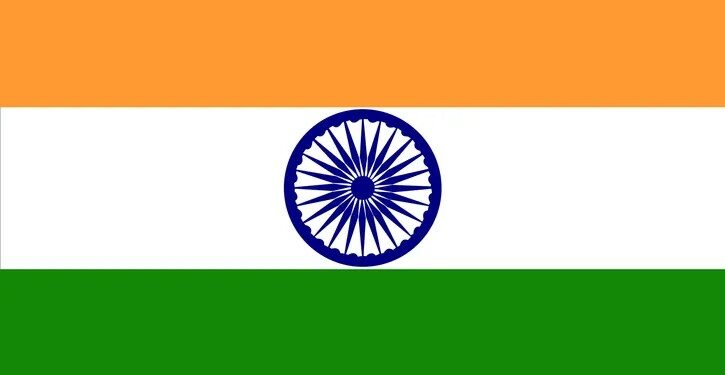On a sweltering summer day in New Delhi, the All-India Congress took a decision that would forever alter the course of South Asian history. On June 15th 1947, the All-India Congress accepted the British plan for the partition of India in New Delhi, marking a pivotal moment in the independence struggle and setting in motion events that would affect millions of lives.
The plan, known as the Mountbatten Plan after Lord Mountbatten, the last Viceroy of India, had been announced just twelve days earlier on 3 June 1947. Under this plan, the British had agreed to immediately transfer power to two successor authorities and the plan envisaged dividing British India into two dominions – India and Pakistan on a territorial-cum-communal basis. The acceptance by Congress represented a reluctant acknowledgement that the dream of a united, independent India could no longer be sustained.
The decision came after months of intense negotiations and mounting communal tensions. The Congress leadership, led by Jawaharlal Nehru, had long opposed the idea of partition, preferring to keep the subcontinent united. However, the Muslim League’s insistence on a separate nation for Muslims, combined with escalating violence between communities, had made partition seem increasingly inevitable. The idea of Mountbatten was to divide India but to retain maximum unity, though this hope would prove tragically optimistic.
The Mountbatten Plan outlined the creation of two dominions based on religious demographics. British India was to be partitioned into two dominions – India and Pakistan, with the new borders drawn hastily through the provinces of Punjab and Bengal. The plan also provided for princely states to choose which dominion to join, adding another layer of complexity to the already fraught situation.
The Congress acceptance on 15 June set the stage for the rapid implementation of partition. The Act received Royal Assent on 18 July 1947, whilst Set to take effect on August 15, the rapid partition led to a population transfer of unprecedented magnitude. The speed of the process would prove catastrophic, as insufficient time was allowed for proper planning and preparation.
The human cost of this decision became apparent within weeks. accompanied by devastating communal violence, as some 15,000,000 Hindus, Sikhs, and Muslims rushed to cross the hastily demarcated borders before the partition would be complete. Families were torn apart, communities that had coexisted for centuries were forced to flee their ancestral homes, and religious minorities found themselves trapped on the wrong side of newly drawn borders.
The legacy of 15 June 1947 extends far beyond the immediate consequences of partition. The birth of India and Pakistan as independent states in 1947 was a key moment in the history of Britain’s empire and its army. But the process of partition was attended by mass migration and ethnic violence that has left a bitter legacy to this day.
The Congress decision to accept partition remains one of the most controversial moments in Indian political history. Critics argue that more time and effort should have been invested in finding a solution that preserved unity, whilst supporters maintain that partition was the only way to prevent a civil war that could have been even more devastating.
Today, as we reflect on this pivotal moment, the acceptance of the Mountbatten Plan on 15 June 1947 stands as a reminder of how quickly political decisions can reshape the destiny of nations and the lives of millions. The scars of partition continue to influence South Asian politics and society, making this date a crucial turning point in the region’s complex history.
newshub finance



Recent Comments